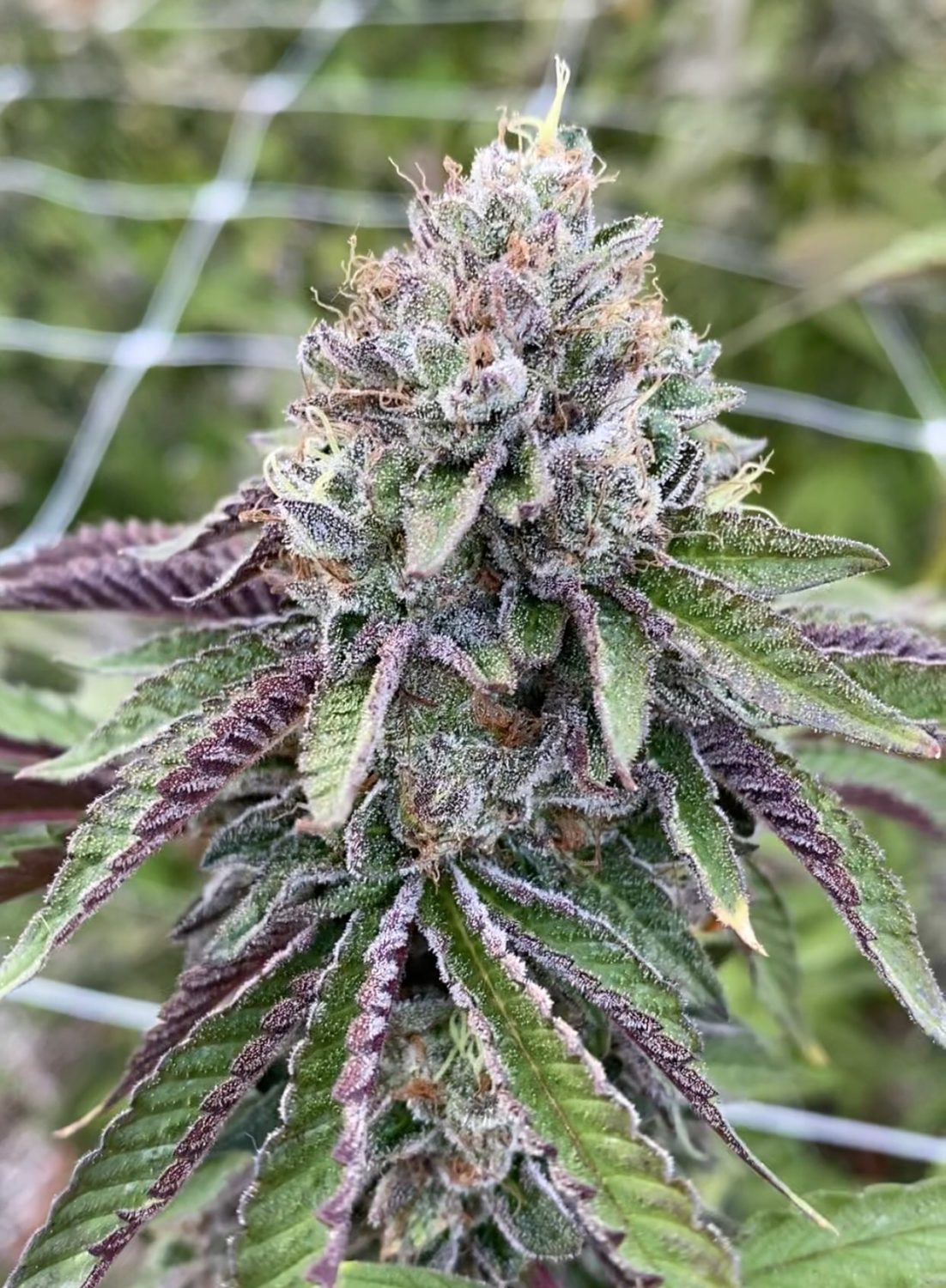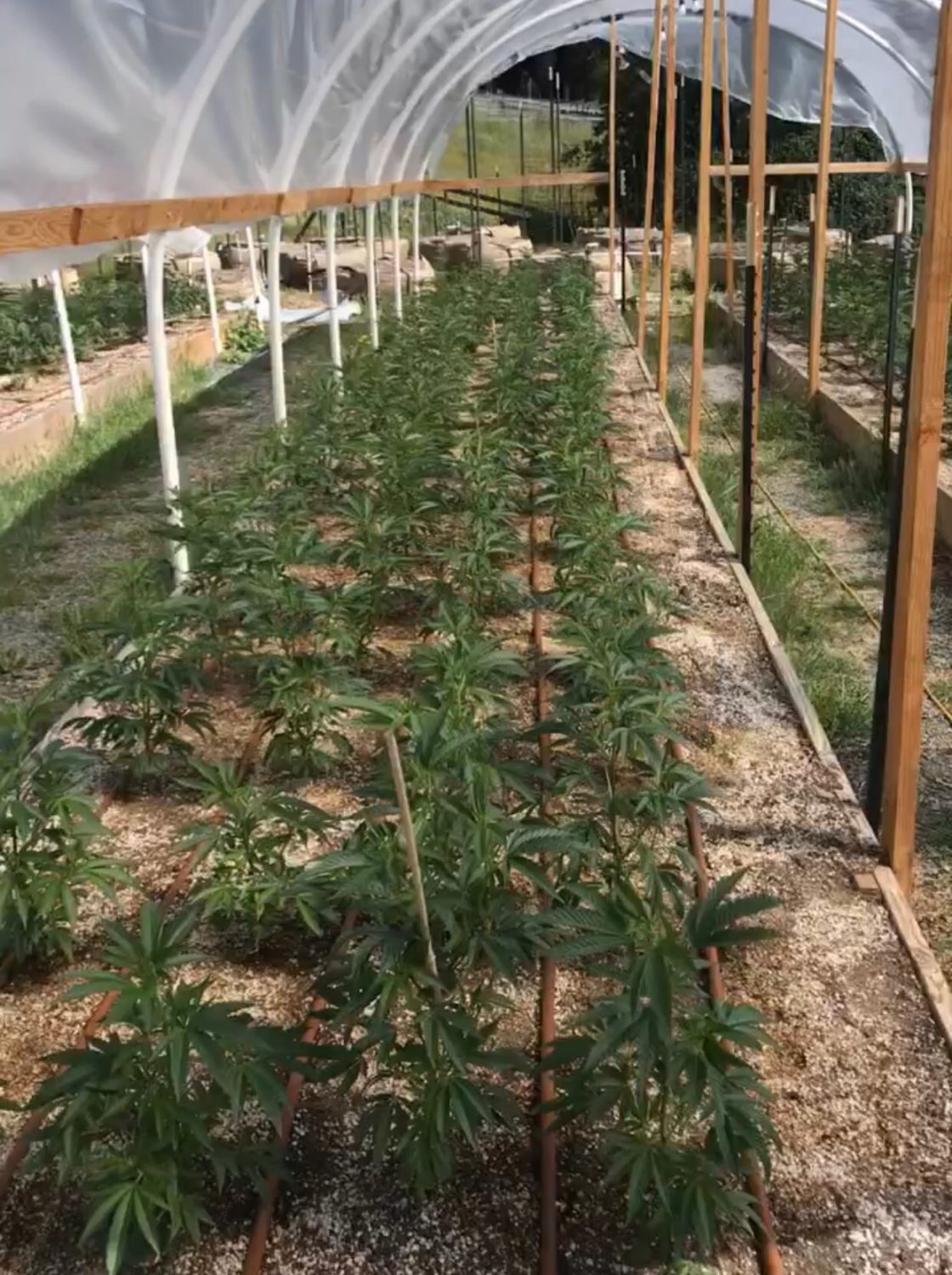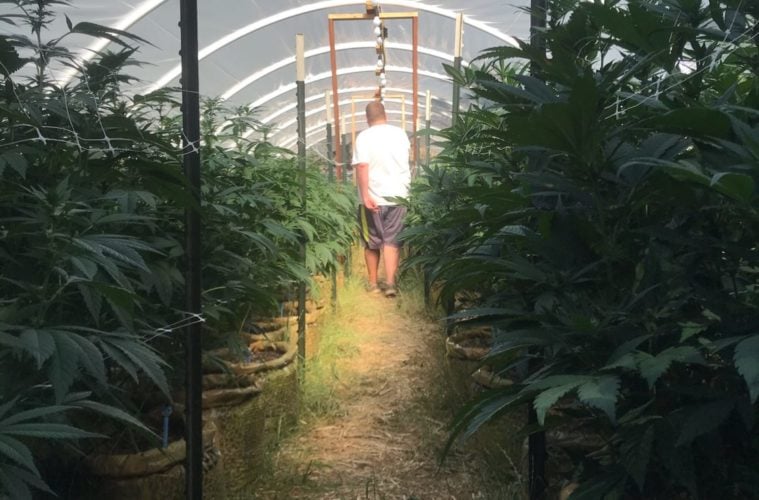For our third installment of The Dep Report, we head east to the Sierra Nevada foothills where the first light deprivation grown harvests (deps) of the season have looked heat.
While not as famous internationally as some of the previous locations we’ve covered in The Dep Report, make no mistake about it, the cannabis coming out of this higher altitude cultivation center is top notch.
My own caregiver lived in Grass Valley for years. There she grew insane quality deps and full sun. Her OG deps would hold up to the highest in the market to this day. But unfortunately, over the years she would lose some crops to smoke and fire; an all too common story for cultivators in the region in the past. As this year’s fire season begins to heat up, the same issue continues to present itself.
To get perspective on this round of deps we reached out to the team at Sierra Nevada Cannabis Co., as the company represents the top of the food chain for legal cultivators in the region. But there are a lot of trappers crushing it too.

Mochi Gelato
Sierra Nevada Cannabis Co. first got on our radar when Kalya Extracts started washing their fresh frozen material to make world class hash. If the world champions of hash are willing to run your material with the limited time they have in a day, it must be heat, especially because it has to check every box in the cultivation process. In addition, the genetics must be able to produce enough hash to be commercially viable.
I’ve already seen Sierra Nevada Cannabis Co’s first round of deps for the season. The Runtz in particular looked absolutely obnoxious and featured aromas that exploded out of the jar as soon as I cracked the seal.
As for their take on the farm’s first round of deps this year, owner Cole Hightower is pretty hyped.

Replanting the next round.
“It was really good, we were supposed to have a lot of rain like usual, but it actually went away. Like everybody knows, the rains left early and stayed gone,” Hightower told L.A. Weekly. “So we pretty much got a really good first round where everything was sunny. We didn’t have to worry about cloud cover or anything like that. But now we’re dealing with high temperatures, trying to replant everything and pretty much dodging fires and running from smoke.”
As Hightower noted on the smoke, we asked how important the first runs were given that climate challenges are getting worse as things get drier and drier through the summer months.
“I mean this first run of the year was actually just a perfect lineup. It wasn’t like the first few years as far as the rain goes,” Hightower said.
High humidity and the hoophouses a lot of people use to physically control the light cycle of the plants to grow deps don’t mix. The humidity building up under the tarps while the plants are flowering can make your pot shitty in a variety of ways with bud rot being one of the more prevalent issues.
But there is a catch-22 when it comes to the great pot and fire season.
“A very very good season for us, unfortunately, a good season for us on the hill means not so much rain in the middle of flower on our summer deps,” Hightower said. “We’re all facing a drought now, but it was a perfect first half. Everything turned out incredible.”
Hightower went on to provide some insight on the region’s wider cannabis market.
“It’s definitely down,” Hightower said. “There’s a lot of flower here, everybody’s trying to find a home for it. Just thankfully a lot of my friends in the area, we’ve all been growing dep for a while. Everybody in our circle grows some really nice dep and we have a market for it. We’re holding strong but, unfortunately, there’s just a lot of flower out there and a lot of people are hurting trying to try to get the prices that they’re looking for. It’s just not happening right now, and unfortunately we’re heading into a bigger [market] flood. So, I’m just praying for everybody man, to be honest with you.”
Going into the season, Hightower was expecting he was going to be able to get between $1500-$1800 in profit out of his nicest stuff, as in legit “Triple A” grade deps. and then was hoping to get around $1200 or $1400 for all the other stuff.
“But now we get $1200 to $1400 for my triple As and pray that we can get $1000 out of our regular stuff,” Hightower said. “People that aren’t branding, just really not focused on that or more on the wholesale side, I’m seeing people trying to get closer to $900 to $1000 for the AAA stuff.”
We asked Hightower what he thought made the area unique compared to California’s more famous cannabis cultivating regions.
“I think we’re really fortunate in the fall,” Hightower said. “I think we all kind of have the same game going on in the summer. Our altitude is definitely a little higher, we would get a little cooler. We really get our uniqueness from the fall, like our outdoor and our second run of deps is like, bar none, some of the best flower in the whole state.”
Hightower also noted they don’t get the fog like the coastal Emerald Triangle or Sonoma County.
Advertising disclosure: We may receive compensation for some of the links in our stories. Thank you for supporting LA Weekly and our advertisers.

